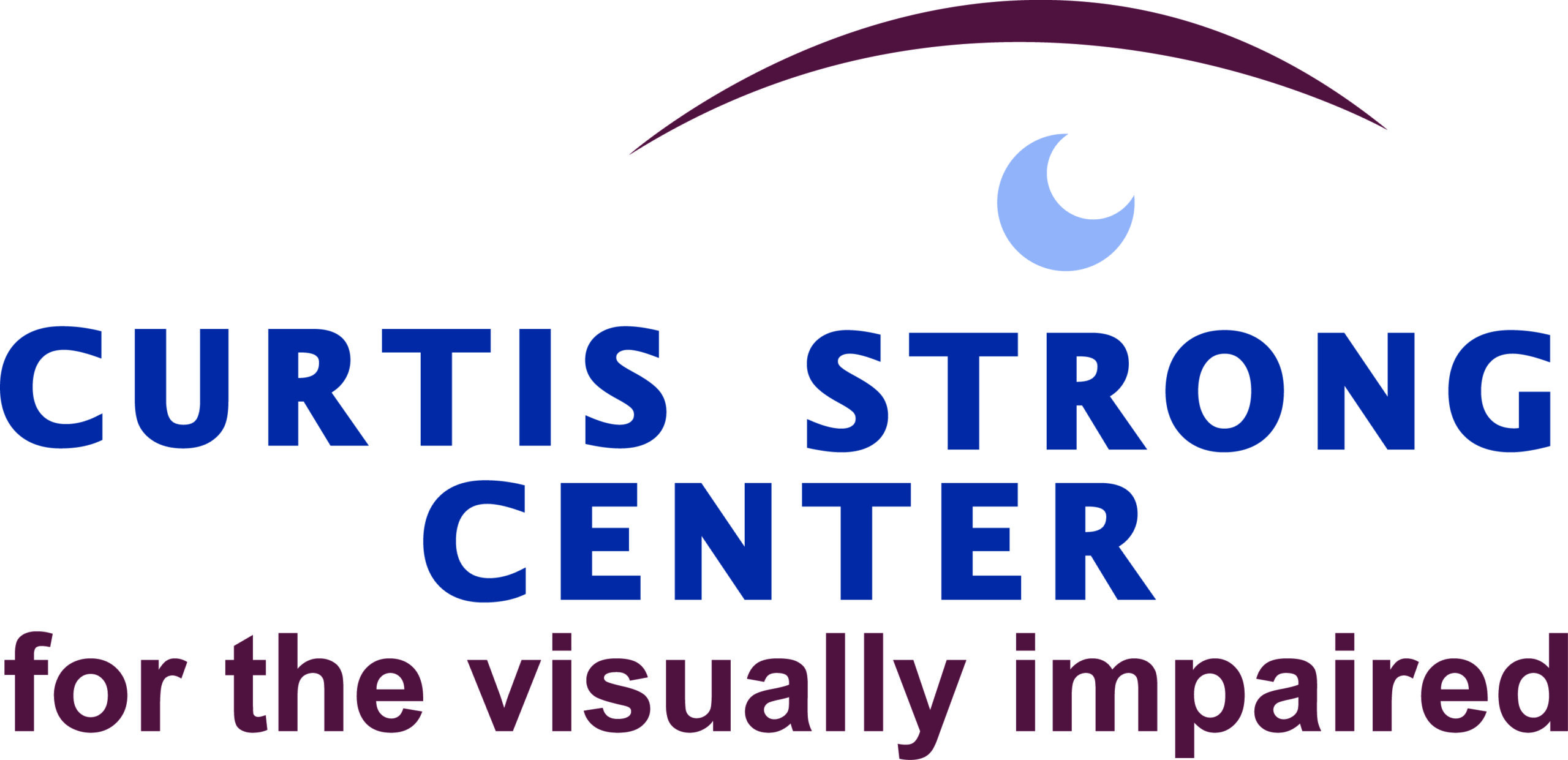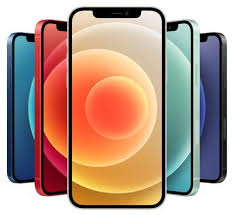Love learning about the latest in smart phone accessibility? Here is an exciting new development: The iPhone 12 Pro has a LiDAR sensor, the technology used in driverless cars that employs lasers to judge distances and depth. The feature provides augmented reality experiences, meaning it can provide digital and in-depth information about objects and surroundings. The feature can be a helpful accessibility tool for people with vision impairments.
According to reporter Lucy Edwards in BBC Click, the new LiDAR sensor feature can help visually impaired users like her detect people around them and how close they are. She says it is also “especially useful” during the COVID-19 pandemic when people are meant to be socially distancing.
In a video posted on the BBC website, she shows how she uses LiDAR in the iPhone 12 Pro to easily navigate their neighborhood, and identify things around her as she walks. The sensor lets her know when someone is approaching.
Still, it’s an exciting accessibility feature that helps the visually impaired navigate the outside world—especially as places start to open up. There will also be a feature that Microsoft is developing that will potentially recognize and identify personalized items like “mom’s glasses” or “my mug”. You can watch a bit more about it in the video posted on the BBC website with the article, How iPhone 12’s Lidar and AI help me navigate the street as a blind person
The sensor can identify pretty specific things such “a white building with a red and white sign on it”, and “a person wearing a helmet riding a motorcycle.” The sensor isn’t perfect, however. It detected her friend—an adult male—as a child.
More on the LiDAR sensor and why they are included in some iPhones and iPads:
LiDAR stands for Light Detection and Ranging. It’s basically the means by which lasers are used to figure out distances and depths. Laser beams are shot out of the LiDAR scanner, and it times how long they take to bounce back to the sensor, then works out the distance and depth of objects that the laser light has bounced off. All this happens very quickly — not quite the speed of light, but quite fast.

